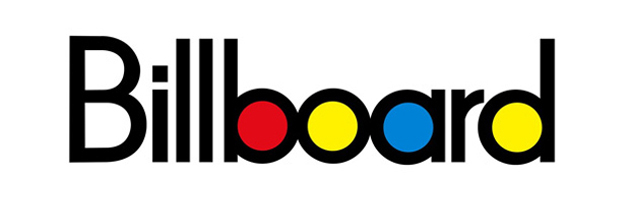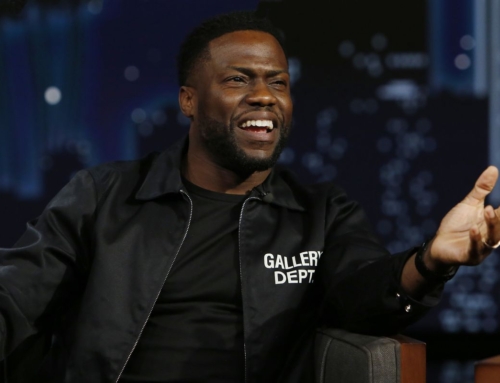 What to say about Billboard’s new Dance/Electronic Songs chart? The thing is, after seeing the news announcement and then glancing at the February 2, 2013 listing of songs, there’s no single thing to utter. Seeing an EDM-themed chart with a Will.i.am-Britney Spears collaboration on top is enough to make you think “WTF?” upfront and then wonder, “Why bother?” In all its simplicity, the chart encapsulates U.S. attitudes toward EDM and, while a disappointment, isn’t enough to get angry over.
What to say about Billboard’s new Dance/Electronic Songs chart? The thing is, after seeing the news announcement and then glancing at the February 2, 2013 listing of songs, there’s no single thing to utter. Seeing an EDM-themed chart with a Will.i.am-Britney Spears collaboration on top is enough to make you think “WTF?” upfront and then wonder, “Why bother?” In all its simplicity, the chart encapsulates U.S. attitudes toward EDM and, while a disappointment, isn’t enough to get angry over.
I suppose, with Swedish House Mafia’s treacle “Don’t You Worry Child” clocking in at No. 2, long-time genre fans should be happy. Acknowledgment! Authenticity! But, when I go over to Beatport and find that none of the music downloading site’s top singles even remotely line up with Billboard’s calculations, the question that crosses my mind is, “What does Billboard think they’re doing? Who is it pandering to?” Obviously neither new nor long-time fans. Maybe Live Nation and Sony, who, month by month, gradually encroach on electronic music’s territory.
Billboard’s new chart, in short, makes Avicii look indie. And, when the top-selling single on Beatport – from a guy who now headlines stadiums and played the first EDM show at Radio City Music Hall – isn’t even present in Billboard’s top 25, something’s off. Like forget-how-to-add off.
Billboard claims the chart is the first-ever ranking of the nation’s top dance songs, and perhaps, this assessment, while contrary to Beatport’s global listings, is accurate. The results come from digital download sales (Nielsen SoundScan), radio play (Nielsen BDS), streaming data, and reported club play from 140 club DJs. In this sense, the Dance/Electronic Songs chart culminates from all other singles-related Billboard electronic charts, including Dance/Club Play Songs, Dance/Mix Show Airplay, and Dance/Electronic Digital Songs.
Even with eye roll-inducing results, the chart’s qualifiers include the “core sound and tempo” but do not include dance remixes from other genres. Ultimately, this means beat+120 or over BPM+synths=spot on the Dance/Electronic Songs chart. Just as Kelly Clarkson can top the Dance/Club play chart because, y’know, “Catch My Breath” received the most play in U.S. nightclubs over the past week, Ludacris and Will.i.am can be top-selling electronic musicians.
Such logic, however, doesn’t apply to Billboard’s other genre charts. For instance, if Rihanna were to put out a guitar-driven single, the song, even selling more copies than fun.’s or The Lumineers’ outputs, likely wouldn’t end up on the Hot Rock Songs or Rock Digital Songs chart.
This formula, too, washes over the great divergence of sounds in electronic music. Removing the pop and hip-hop artists aping house beats, the remainder of the songs can be boiled down to two types: progressive house and brostep. Prominent subgenres trance and techno have no presence. If the results truly were a slice of the genre, an outsider looking at the ranks for the first time would think electronic music has two forms: big-room melodic house and buzz-saw cacophony on top of a wobbly bass.
Billboard’s new EDM chart, is both self-congratulatory and represents the U.S.’s conflicted relationship with the genre that it’s a chicken-or-the-egg scenario: Does the U.S. recording industry push subpar EDM tracks on listeners, or do listeners’ poor tastes form the chart results? It’s likely a bit of both and a cycle not stopping any time soon – even Richie Hawtin and Boys Noize can’t veer the direction.
As much as Americans keep up the accepting-EDM appearances and, out of duty to trends, attend festivals and purchase David Guetta albums, there’s no denying that the typical listener on this side of the Atlantic prefers electronic music in select forms only. Depeche Mode and The Prodigy crop up as 1990s nostalgia, and New Order’s “Blue Monday” for remembering the ‘80s; then, skipping ahead 15 years, big beats, slick synths, and familiar pop vocals bring the crowds out to dance. Late 1990s, early 2000s trance may be acceptable to certain tastes.
Depending upon Billboard to accurately reflect what’s going on in electronic dance music is like expecting Kim Kardashian to drop the baby voice – it just doesn’t and won’t happen, and there’s no use in wishing for something different. Disappointment, on the other hand, doesn’t shroud the chart’s misguided approach: That is, in attempting to so comprehensively represent the genre, it misses the main characteristics and diversity – let alone the nuances – of EDM.





